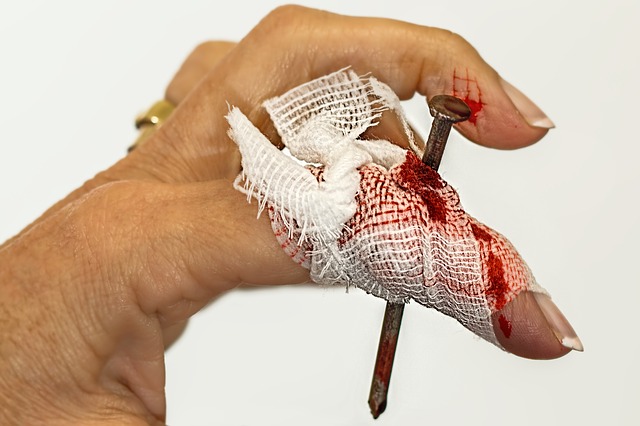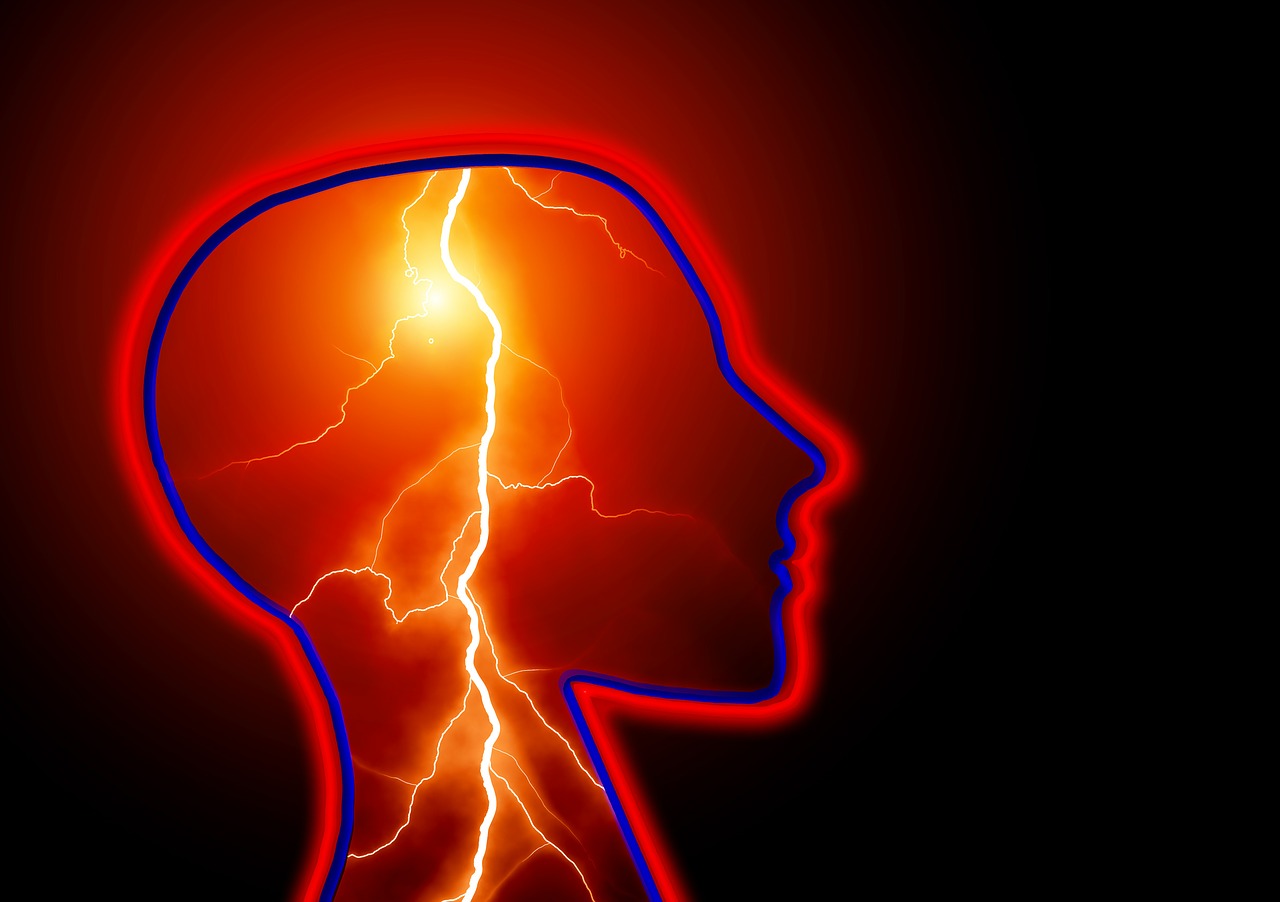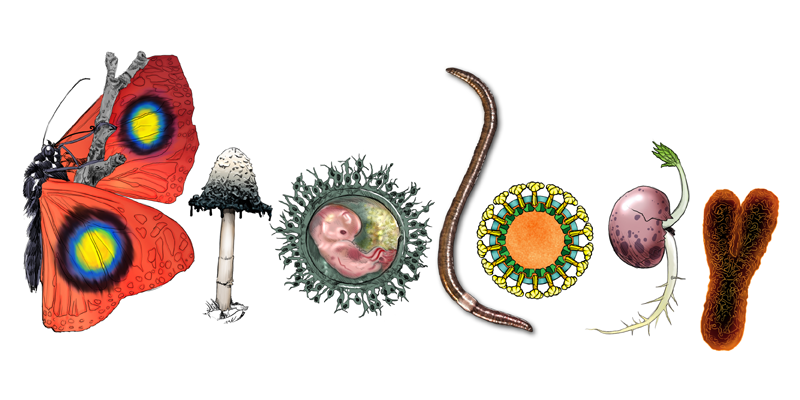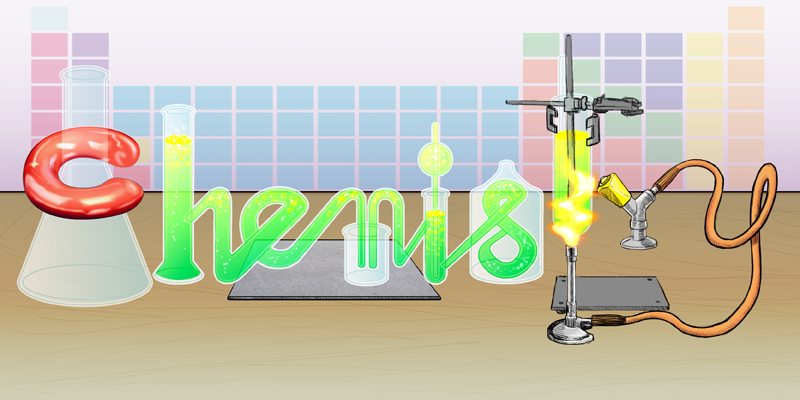Pain
Article curated by Ginny Smith
Most of the time, animals try to avoid pain- from the simplest organism to the most complex brain on the planet. Yet it is vital for our survival, by providing us with information that we are doing something that is damaging to our body.

Pain is triggered when we damage our bodies- whether this is physical damage such as a cut or bump, chemical irritants such as acid or damage due to extreme heat or cold. This damage triggers our nerves to send signals via the spinal cord to the brain, which creates the feeling of pain. But this process is a complex one, and there are many things about pain we still don't know. Perhaps the hardest of these to answer is what the experience of pain actually is. This question, being more philosophical than scientific, is one we may never be able to answer.
Learn more about Pain.


 2
2The experience of pain
If you give two people the same injury, they may not experience it the same way, and we don't know why. Pain thresholds vary between people and between cultures. Gender, fitness and even hair colour can influence your tolerance, with redheads feeling pain more acutely thanks to a genetic variation linked to pain receptors. Depression and anxiety can also make a person more sensitive to pain. Amazingly, there are things you can do in the short term to increase your pain tolerance, from swearing loudly to having something sweet in your mouth or even holding the hand of someone you love. How exactly these effects are mediated, however, isn't known. There is also surprising evidence that one side of your body may experience pain differently to the other side. It seems your dominant hand interprets pain more quickly than your non-dominant, meaning it can endure pain for longer.


Sex is one of the characteristics that seems to affect pain tolerance. Experiments have shown that men will put themselves through pain for longer than women (for example by keeping their hands in cold water), but is that just because they want to appear macho? Some scientists believe pain pathways in men’s & women’s brains might actually be wired up differently, meaning they really do have different experiences of pain. There also is evidence in mice that certain genes are linked to pain in one sex but not in the other. If this applies to humans as well, it could be an issue for drug development- there may even be painkillers that will work in one sex and not in the other.

Pain disorders

Chronic pain is thought to be mediated by the central nervous system, so treatments like Aspirin that target the site of the pain are often not useful. Some people find opioid painkillers help, while for others they have no effect or even worsen symptoms. Chronic pain is either "nociceptive" (caused by inflamed or damaged tissue activating specialised pain sensors called nociceptors), or "neuropathic" (caused by damage to or malfunction of the nervous system). Why the pain persists long after any obvious injury should have healed is unknown.
One idea is that consistent activation of the pain system sensitises it, meaning low level stimulation that would previously not have activated pain receptors starts to do so. In some cases, genetics predispose people to having low thresholds for pain signalling, causing chronic pain issues to arise. Alternatively, the differences may arise in the areas of the brain which process pain signals. Until we know more about how any why these conditions arise it is unlikely we will find treatments for them.

Refereed pain occurs when the sensation is felt somewhere other than the site of the damage. Its mechanism is unknown, although there are several hypotheses.
One type of referred pain is visceral pain which comes from the internal organs but is felt in places very remote from the location of the affected organ. It can often be a very useful tool to diagnose diseases of internal organs, for example is the pain in the arm felt during a heart attack.
It isn't known exactly why it arises, but there are various theories, many of which are based on the lack of dedicated sensory pathways in the brain for information concerning the internal organs. This means sensory neurons from the viscera connect with sensory pathways that carry information from the skin and muscles, giving various places where they could become crossed over, or become undistinguishable, causing the brain to interpret the signals that originate from internal organs as coming from the overlying skin or muscles. Where and how this happens, however, isn't clear and there are others who think it may arise from another mechanism entirely.



Placebo effect

One of the most mysterious effects known to science is the placebo effect. People experience all sorts of effects when given completely inactive 'treatments', known as placebos. Pain is particularly receptive to placebo treatments, but we don't know how they work, though they may trigger the body to release natural painkillers. Researchers are examining the brain function of those receiving the placebo vs ‘real’ treatments in a bid to understand how this process works.
There are factors that are known to change the efficacy of placebo treatment. 'Branded' placebos are more effective than 'unbranded' ones, and the size, shape and colour of the pill can also have an effect. Placebo injections are even more effective than pills, and surgery is more effective that injections. Fascinatingly, the effects can be seen even when patients are told that they are being given a placebo, suggesting there is something more complex going on than just the power of positive thinking.

 2
2This article was written by the Things We Don’t Know editorial team, with contributions from Ginny Smith, and Johanna Blee.
This article was first published on 2016-06-16 and was last updated on 2017-11-26.
Blog posts about pain


Recent pain News
Get customised news updates on your homepage by subscribing to articles













